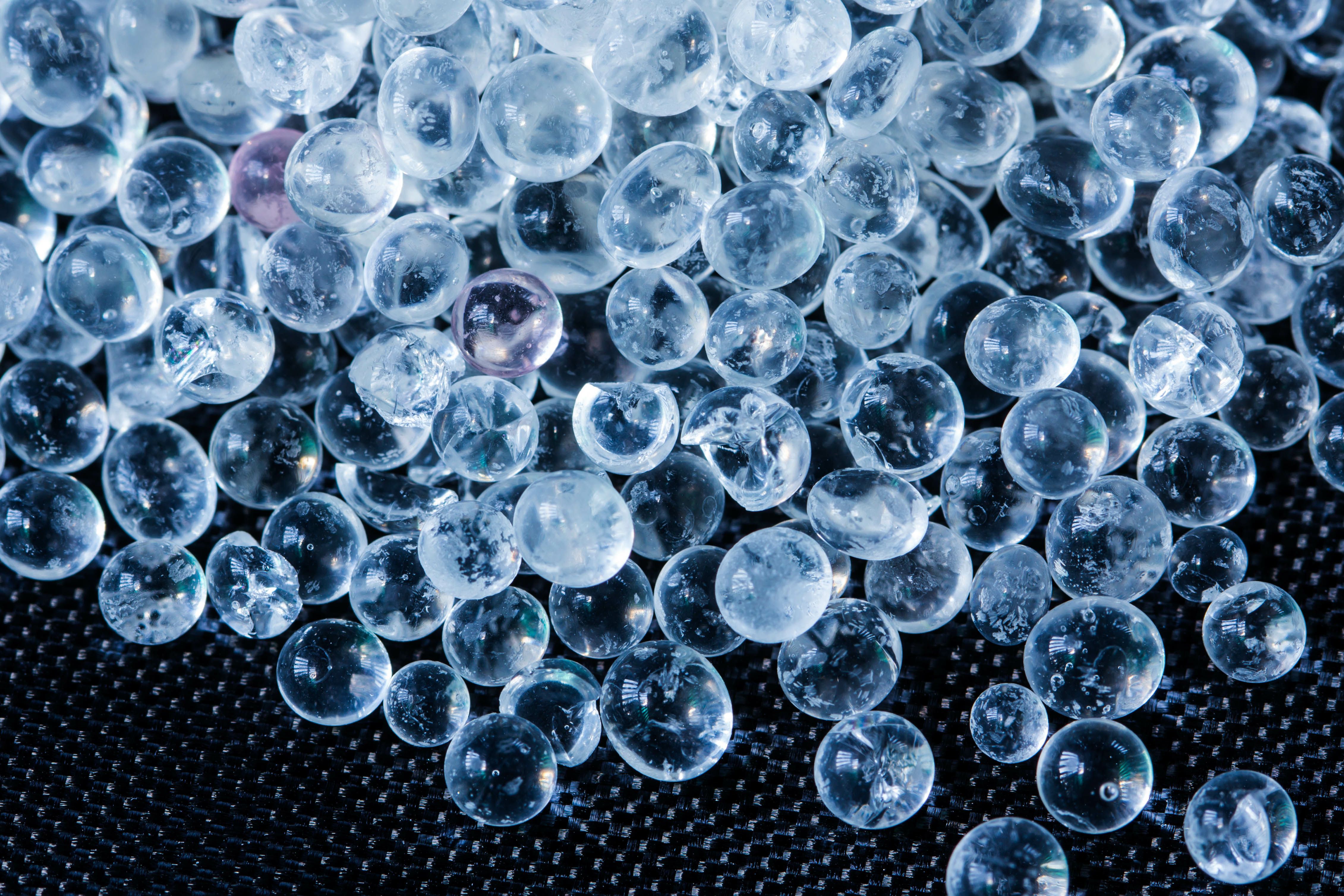Evaluating Consistency in Inverse Gas Chromatography: Insights from an Interlaboratory Study
Researchers from Europe conducted the first known interlaboratory study on inverse gas chromatography (IGC), revealing significant variations in dispersive surface energy values and retention volumes for standard materials.
Inverse gas chromatography (IGC) has gained prominence in recent years as a versatile and sensitive analytical technique for investigating physicochemical properties. Despite its utility, the comparability of results across different laboratories and devices has been a point of contention within the scientific community. In an interlaboratory study, researchers from Germany, Switzerland, Poland, and France, employing various IGC instruments, set out to address this concern (1). The study, documented in the Journal of Chromatography A, focused on analyzing two standard materials, silica and lactose, to discern experimental variations in IGC outcomes.
Silica beads | Image Credit: © markuso - stock.adobe.com

The study marks a collaborative effort to establish a common laboratory measurement protocol for IGC instruments. The participating organizations, utilizing different types of IGC devices, defined and adhered to a standardized measurement protocol. Silica and lactose, chosen as standard materials, underwent analysis, with all resulting data compiled in a standard format. The researchers applied consistent data treatment methods to identify observed differences, aiming to distinguish instrument-specific variations from potential disparities in data processing.
Notably, the calculated values of dispersive surface energy exhibited considerable variability for both silica (22–34 mJ/m2) and lactose (37–51 mJ/m2). Similarly, retention volumes and values for both materials demonstrated significant differences among the diverse IGC instruments. This variability persisted irrespective of the type of instrument used, suggesting that uncertainties in flow rates or injected quantities of probe molecules could contribute to the observed differences.
The findings underscore the sensitivity of IGC as an analytical tool capable of detecting minor changes in physicochemical properties. However, they also highlight the necessity for attention to measurement conditions to ensure accurate comparisons. The study's results indicate previously undiscovered differences in the operation of IGC instruments and the underlying primary data, even under the assumption of standardized conditions.
This study emphasizes the need for a publicly available standard protocol and material. The absence of such standards impedes objective assessments of measurements and resulting parameters across different IGC instruments. The researchers posit that their study serves as a starting point for the development of a standardized protocol, emphasizing the importance of scrutinizing measurement conditions for accurate and reproducible IGC outcomes.
In conclusion, this study sheds light on the nuances and challenges associated with inverse gas chromatography, urging the scientific community to adopt standardized practices for improved comparability in IGC results. The study serves as a valuable reference for researchers and practitioners in the field, emphasizing the importance of methodological consistency in achieving reliability.
This article was written with the help of artificial intelligence and has been edited to ensure accuracy and clarity. You can read more about our policy for using AI here.
Reference
(1) Sygusch, J.; Duempelmann, R.; Meyer, R.; et al. Reproducibility of Inverse Gas Chromatography Under Infinite Dilution: Results and Interpretations of an Interlaboratory Study. J. Chromatogr. A 2024, 1714, 464526. DOI: 10.1016/j.chroma.2023.464526
New Study Reviews Chromatography Methods for Flavonoid Analysis
April 21st 2025Flavonoids are widely used metabolites that carry out various functions in different industries, such as food and cosmetics. Detecting, separating, and quantifying them in fruit species can be a complicated process.
University of Rouen-Normandy Scientists Explore Eco-Friendly Sampling Approach for GC-HRMS
April 17th 2025Root exudates—substances secreted by living plant roots—are challenging to sample, as they are typically extracted using artificial devices and can vary widely in both quantity and composition across plant species.
Sorbonne Researchers Develop Miniaturized GC Detector for VOC Analysis
April 16th 2025A team of scientists from the Paris university developed and optimized MAVERIC, a miniaturized and autonomous gas chromatography (GC) system coupled to a nano-gravimetric detector (NGD) based on a NEMS (nano-electromechanical-system) resonator.

.png&w=3840&q=75)

.png&w=3840&q=75)



.png&w=3840&q=75)



.png&w=3840&q=75)





